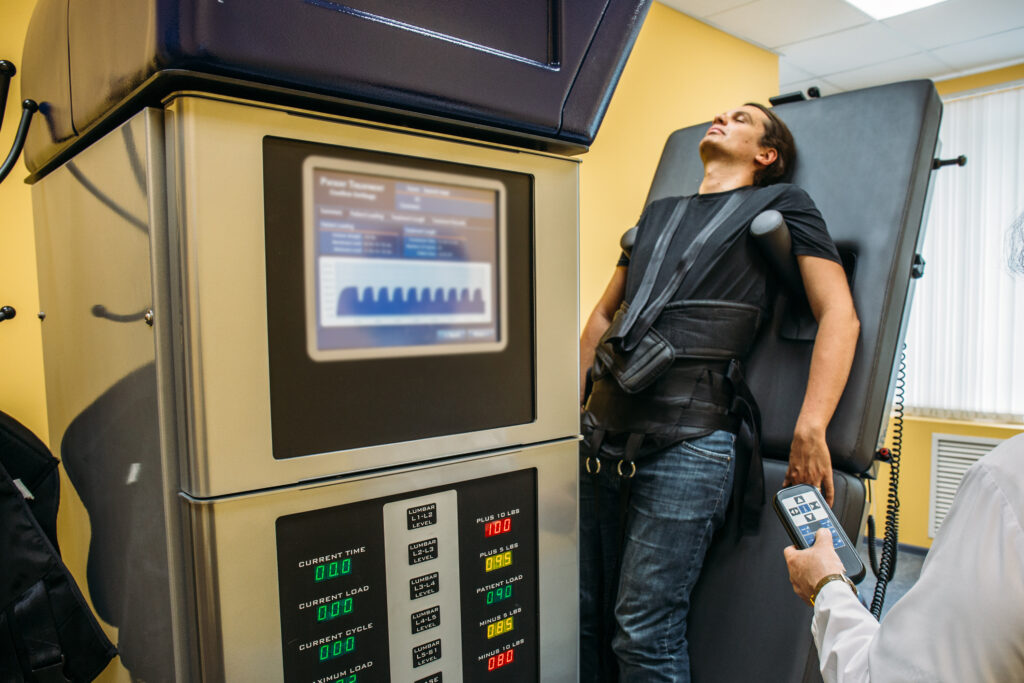When you step into Eagle Pose, you're not just taking on a challenging posture; you're giving your spine a chance to thrive. This pose intricately weaves together strength, flexibility, and alignment, all essential for spinal health. You might be surprised at how the careful twists and core engagement can relieve tension and improve posture. But there's more to it than just the physical benefits. As you explore the nuances of this pose, you'll uncover techniques that can transform how you approach your practice and daily life. What else could Eagle Pose offer you?
Benefits of Eagle Pose
Eagle Pose offers a range of benefits that can greatly improve your spinal health. When you practice this pose, you engage multiple muscle groups, especially those that support your spine. This engagement helps strengthen the muscles that stabilize your vertebrae, ultimately promoting better posture and reducing the risk of injury.
As you wrap your arms and legs in Eagle Pose, you create a unique alignment that encourages spinal flexibility. This twisting motion gently stretches the spine, allowing for increased range of motion. Improved flexibility in your spine can alleviate tension and discomfort, making everyday activities easier and more enjoyable.
Another benefit lies in its ability to enhance circulation. The compression and release of your body in this pose stimulate blood flow to the spine and surrounding areas. Increased circulation can bring essential nutrients to your spinal discs, aiding in recovery and overall health.
Furthermore, practicing Eagle Pose fosters a sense of balance, both physically and mentally. As you focus on maintaining equilibrium, you're also honing your concentration and mindfulness. This mind-body connection can help reduce stress, which often manifests as tension in the back.
Finally, Eagle Pose can help alleviate lower back pain. By strengthening the supporting muscles and encouraging proper alignment, you can experience relief from discomfort that might've been a constant presence in your life.
Techniques for Practicing Eagle
To fully reap the benefits of Eagle Pose, mastering the techniques is important. When you practice this pose correctly, you'll enhance your balance, improve your posture, and increase flexibility.
Here are four key techniques you should focus on to deepen your Eagle Pose practice:
- Proper Alignment: Start by standing tall with your feet hip-width apart. As you bend your knees, shift your weight onto your right foot. Cross your left leg over your right, wrapping it around and hooking the left foot behind your right calf. This alignment is essential for stability.
- Engaging Your Core: As you settle into the pose, engage your core. This helps support your spine and maintain balance. Pull your navel toward your spine, and feel the connection between your core and the pose.
- Arm Positioning: Raise your arms to shoulder height, crossing your right arm over your left. Bend your elbows and hook the forearms together, palms facing each other. This helps stretch the shoulders while also promoting a sense of grounding.
- Breath Awareness: Don't forget about your breath! Inhale deeply as you hold the pose, allowing your body to expand. Exhale fully to release any tension. Focus on your breath to maintain your balance and stay present.
Common Mistakes to Avoid
Practicing Eagle Pose can be transformative, but many yogis make common mistakes that hinder their progress. One of the biggest pitfalls isn't fully engaging your core. When you neglect to activate your abdominal muscles, you risk losing balance and stability, which can lead to improper alignment. Remember, a strong core supports your spine and helps you maintain the pose.
Another common mistake is overextending your arms. It's crucial to keep your elbows aligned with your shoulders, avoiding any strain in your upper body. If your arms are too high or too low, you might compromise your posture, leading to discomfort and reduced effectiveness in the pose.
Additionally, don't forget to focus on your standing leg. Many practitioners lean too heavily on the supporting side, causing tension in the hips and knees. Make sure your weight is evenly distributed to promote stability.
You should also pay attention to your gaze. Fixating on a single point helps improve balance, but if you look around or lose focus, you'll likely wobble or fall out of the pose.
Finally, don't rush through the change into and out of Eagle Pose. Take your time to align your body correctly, allowing for a mindful practice that enhances your experience.
Modifications for All Levels
Whether you're a beginner or an experienced yogi, finding the right modifications for Eagle Pose can enhance your practice and support your spine. This pose can be challenging, but with a few adjustments, you can make it more accessible while still reaping its benefits.
Here are some modifications to reflect upon:
- Chair Support: If balance is an issue, use a chair for support. Stand next to the chair, placing one hand on it as you wrap your legs and arms. This allows you to focus on alignment without worrying about stability.
- Crossed Legs: Instead of fully wrapping your legs, simply cross one leg over the other at the ankle. This reduces strain on your hips and knees while still engaging your core.
- Arms at Heart Center: If reaching your arms into the full Eagle position feels too intense, bring your hands to heart center. This keeps your shoulders relaxed and maintains the integrity of the pose.
- Gentle Torso Twist: For those with limited mobility, try a gentle twist instead of the full Eagle. Stand tall and twist gently to one side, keeping your feet grounded. This still promotes spinal flexibility without overextending.
Integration Into Your Routine
Incorporating Eagle Pose into your daily routine can greatly enhance your spinal health and overall well-being. To effectively integrate this pose, start by setting aside just a few minutes each day. You don't need a lot of time; even five to ten minutes can make a difference.
Consider practicing Eagle Pose first thing in the morning or as a break during your workday. This won't only help you stretch and strengthen your spine but also improve your focus and energy levels.
As you stand or sit at your desk, take a moment to check in with your body. When you're ready, find a quiet space where you can perform the pose without distractions.
Begin by grounding yourself, feeling the connection between your feet and the floor. Once you're centered, move into Eagle Pose, wrapping your arms and legs as instructed. Hold the position for several breaths, focusing on the sensations in your spine and shoulders.
To make it a regular part of your routine, set reminders on your phone or sticky notes around your workspace. You could even join a yoga class where Eagle Pose is featured, allowing you to practice alongside others.
Remember to listen to your body and adapt the pose as needed. Over time, you'll not only notice improvements in your spinal health but also a greater sense of calm and balance in your life.
Conclusion
Incorporating Eagle Pose into your routine can truly benefit your spine. By practicing its dynamic twists and engaging your core, you'll strengthen your back and improve your posture. Remember to pay attention to alignment and avoid common mistakes to get the most out of the pose. Whether you're a beginner or advanced, modifications can help you find your balance. Commit to regular practice, and your spine will thank you for the care and attention it deserves!



